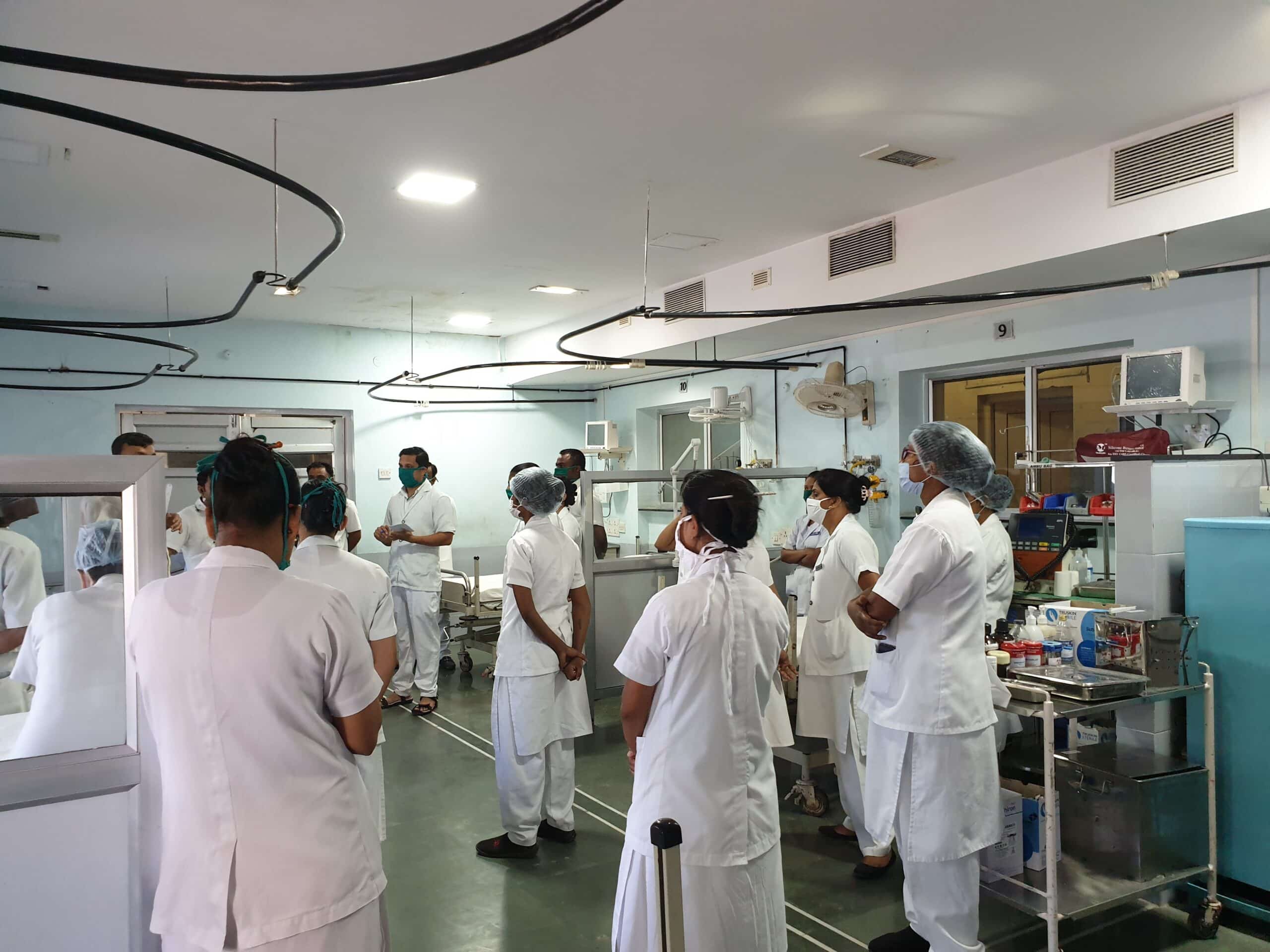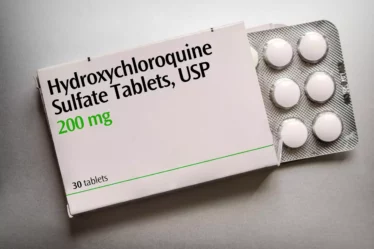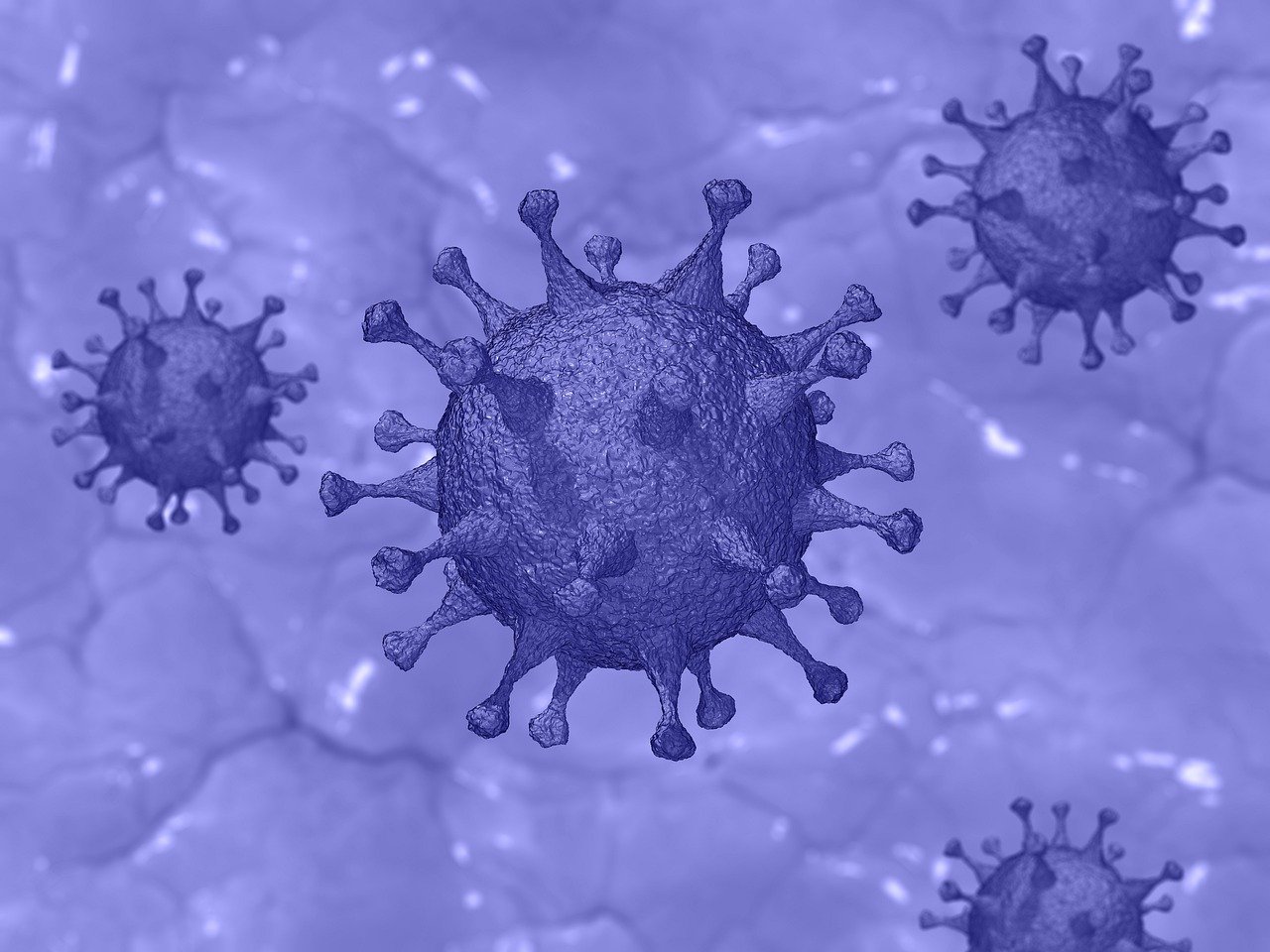
Exactly a year ago, on this very date, a 64-year-old person arrived in the repurposed Covid block of Sevagram. He hailed from Washim—a town 225 km south-west of Sevagram—tested positive in the neighbouring medical school and was admitted to what was once a Medicine ICU. He was the first patient in our Covid ICU, the first to undergo intubation and mechanical ventilation, and on a sad note, the first person to die of Covid in our hospital.
A year has slipped away—a year filled with dreadful days and sleepless nights. A year when the noons were dark and nights in the ICUs painfully noisy. As we admitted over 5000 Covid victims to our wards and ICUs, delivered hundreds of pregnant women infected with Covid and vaccinated thousands of individuals in our hospital, we kept on wondering if there was some light at the end of the dark tunnel.
In the summer of 2020, every lip in Sevagram had a question. How long will this pandemic last? When will we find a treatment or vaccine? How should we protect ourselves as we care for our patients? Will we run out of PPEs? Which drug should we give to our patients? How do we keep the virus away at home? Should we hug our kids when we go home after work? How do we endure the suffocating PPEs in the month of May? How best do we care for people with non–Covid-related disease. When will our children play and go to school?
The questions have not stopped coming. Although we boast of being medical professionals, we continue to be as uncertain and unsure of the shape of the things to come. We tried to predict the unpredictable and failed miserably. Society learned that doctors cannot be soothsayers. We had, and continue to have so many unanswered questions. Many of these questions do not have an answer because, to be honest, uncertainty is the only thing we are certain of.
A year is too short a period in the history of a medical college. But this was not an ordinary year. Didn’t someone say that our practice of medicine in Sevagram changed more in a year than in the previous 50 years combined? We stopped seeing patients face-to-face, distanced ourselves from them, seldom touched them in our outpatient clinics, and began to practice no-touch medicine. It was fear, fear, everywhere, not a drop of hope.
What did we do in the year that passed by? With fear in our hearts and hope on our lips, we kept on going—telling people that Covid or no Covid, we are still here to care for you. Our nurses, doctors and other health care professionals seized the opportunity to care for individuals and families during desperate times. Our ICU teams snatched lives from the tightening jaws of death. Stories that brought so much joy in these gloomy days.
Nine months went by. In late January, we saw a glimmer of hope. Our wards began to look deserted. The ICUs were no longer occupied. Ventilators stopped hissing; monitors stopped buzzing, the ambulances stopped wailing. We heaved a collective sigh of relief, thinking rather naively that the virus had gone. For good.
The virus came back. It hit us mercilessly. We woke up from sleep, unable to fathom if it was a dream or a nightmare. The second wave—I am groping for a better word—turned out to be dangerously dreadful.
So, how did we respond to the second wave? We pulled our socks up. We added more wards, more beds and more ICUs for the covid victims. Our hospital landscape changed. Every day would bring a new challenge—severe enough to test our mettle. We planned meticulously, only to see our plans falling apart. We ran out of oxygen, drugs, nurses and doctors. The wards were overwhelmed, nurses and doctors exhausted and many became infected. We texted Get-Well-Soon Messages to those who worked relentlessly in the hospital only to test positive—after getting a vaccine shot.
Our health care workers and ancillary staff rose to the occasion, trying to keep the system operational. We stepped up lab testing, treatments and vaccines. Our administrators recognized that it’s impossible to satisfy the current system’s demands. We adopted multi pronged strategies, constantly improving and learning from our mistakes. We struggled to close the gap between the need and the availability of oxygen, ventilators and PPEs.
Yes, we acted swiftly but carefully, with caution and reason. When we wrote therapies or ordered tests, we chose them wisely. We practised medicine that was backed by science, and not by emotions, anecdotes, or driven by social media.
This is a Once-in-a-Century Pandemic, to borrow Bill Gates’ words. A pandemic that has generated extraordinary work from ordinary people. Exceptional contribution from marginalised workers. Had she been alive, wouldn’t Dr Sushila Nayar—she started MGIMS way back in 1969—be proud to see what Sevagram did in a year?
“This too shall pass,” she would have said.

